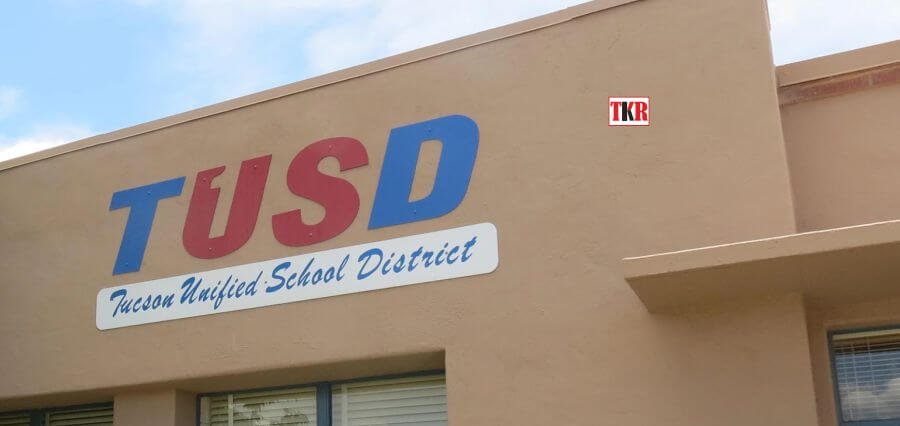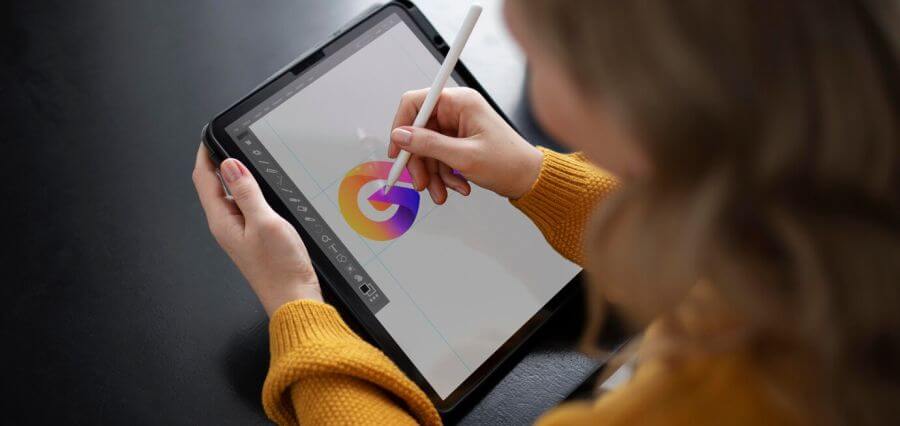Many schools are shutting their doors and switching on to online learning because of coronavirus. This ensures that most schools provide distance learning, some of which can be completed online. Education institutions have therefore adopted a digital transformation by using state-of-the-art technology to provide world-class education and future-oriented training.
Some offer synchronous (real-time) video-conference technology for virtual learning. Others seek to practice absolutely asynchronously (not in real-time) through papers and worksheets to boost the time at home.
Distance learning can be an obstacle, regardless of the method. Teachers and students who collaborate online will need time and practice in order to get used to it. And if your classroom is taking place via videoconference, it can be daunting to include all students.
Luckily, there are some tips and tricks given by fernstudium-infomaterial.de that can be utilized in order to practice the best practices of distance learning
An Atmosphere that Harbors Interactivity
As some learners have limited attention spans, distance learning poses difficulties for learner participation, particularly from home. Hence, there should be ample room for interaction in a virtual classroom. Interactive learning and teaching allow students to be vigilant as they take part in a group event. An interactive tone setting is useful for questioning and answering meetings, and group discussions.
Taking Notes
It is challenging for a number of students to be mentally present in the video lessons than in a live classroom. It can be difficult to concentrate, feel connected, process, and identify key ideas.
Older students can cooperate here and help each other. Meeting the teacher on the same page, they can set up a note-taking app for the whole class to use.
Good notes are important and helpful for every student, along with transcripts and recordings. Students with difficulties focusing, reading, writing, and other obstacles, are especially beneficial.
Being Active in the Sessions
In addition to bringing interactivity, educators can go a step further than that with the students. In active classes, mentors can evaluate and implement constructive learning. Implementing principles is a good way to keep students connected to the path and to look at the value in the current lesson.
A Complete Lesson Material
Teachers need to realize that it’s not just a video that needs to be accessible. They need to consider how all students can access images and digital documents. Hence, they must ensure that all learning materials are easily accessible by each student.
If these practices are not already employed in their classroom, they may try to approach this situation as an opportunity to learn now how to be accessible to all. Once individuals are used to it, it is easy to introduce these practices to live learning environments every day.
Literal Chapters in Lessons
Distance learning ensures that you also deal with home disruptions in your online classroom. Do the best to skip long presentations and pin-point on the focus. Focus on chunks or individual pieces of a lesson plan to include students instead of the online classroom.
Shorter lessons and lectures make navigating content easy and consuming more information if students need to.
Canvasing with Assessments and Readiness Checks
Regular assessments should give students a greater understanding of themselves and a better capacity to assess themselves and their confidence over time.
In fact, evaluations help teachers develop applicable curricula by providing detailed suggestions on the success of the lesson plan. Readiness evaluations keep classrooms ready for a possible emergency and in front of the curve.
And don’t stop the check-in. Take the opportunity to check them emotionally too. Ask your students how they feel and if they want to talk about anything. It must be remembered that when work is involved in distance, communication is extra important.
They can ask students about their needs frequently and be able to be flexible and reactive. Remember that it’s their digital era and have the upper hand here. Ask your preferences and innovative ideas on how to learn online. This promotes learning agency, self-determination, and motivation to learn.









